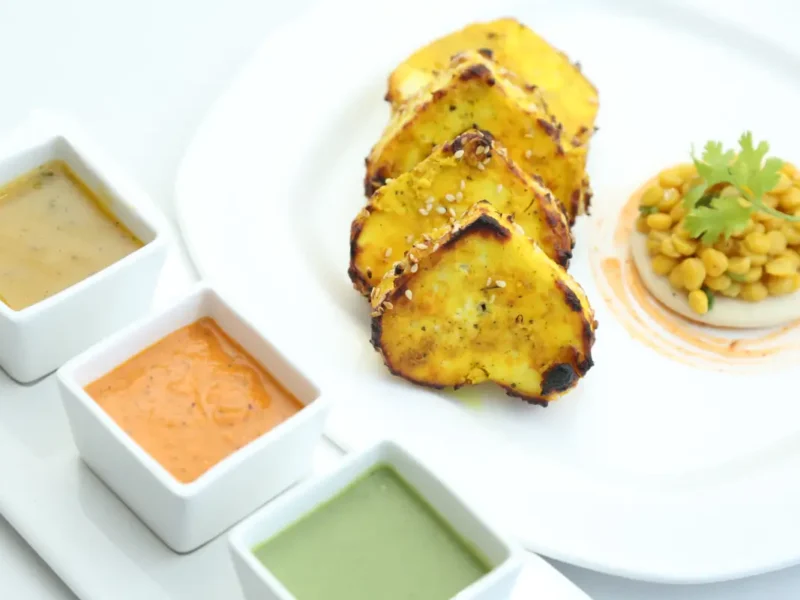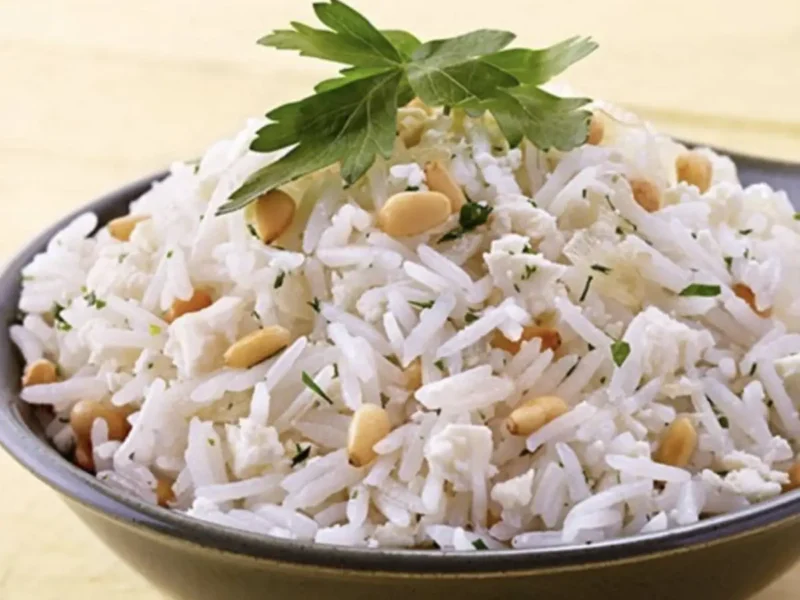
Aam Papad: Oh the Distances it Has Traveled!
NEW DELHI, – (IANS) – Among the lesser-known delights of Amritsar is also the Aam Papad, available in mainly two versions, the sweet golden, and the sour kala or black. While Amritsar’s inventive versions may boggle your palate, aam papad is in fact a pan-Indian treat, called by different names all over the country. It is equally popular in Bengal (where it is called aam satta) as in regions like Andhra it is called mamidi tandra.
How old could this art of sun drying mango juice be in India and what can we conjecture about its origins?
Fruit leather (of which aam papad is a type) in the west, in America and Europe, is often thought to have southern European roots.
In Italy, the traditional center for this craft has been Genoa, and fruit roll ups have been popular childhood snacks that many recall with great fondness. While modern day chefs and commercial enterprises have embarked upon many innovations the only two well-known fruit leathers from the medieval world that continue to exist in our post-modern, one is the sugared, scented Turkish delight and the Levantine apricot “leathe”.
Fruit leather is said to have most likely originated in the Levantine region of the Arab world, from where its popularity spread to Spain.
If you have ever had the opportunity to try the amardeen, the Syrian apricot leather, you may have realized how closely allied it is to the Indian aam papad. The amardeen is popular in the US today in its version of “fruit rolls” or fruit roll-ups.
While fruit roll-ups have been popular in the US since the 1980s, their history goes back to the early 20th century, when amardeen was brought to the States by Levantine immigrants. In the early 20th century, amardeen could be bought at sweet shops in Arab-Christian neighborhoods in New York City.
Joray, the first brand in the US to offer fruit rolls, credits this invention to sheets of the apricot fruit leather which would be imported from Syria by George Shalhoub, an immigrant from Lebanon, who had come to the US in 1886, and sold this at his sweet shop.
In the 1970s, his descendant Louis Shalhoub developed the first fruit rolls, and the brand Joray came into being subsequently. These have been produced in New York ever since. Now, these roll ups are available even in India as the quintessential American confectionary!
All over the Levantine, however, the apricot fruit leather, ancestor of modern-day fruit roll ups, is an ancient way of preserving fruit that was plentiful in this region.
Like the Syrians and Lebanese, the Armenians too have a centuries old tradition of making what they call T’tu Lavash (literally, sour bread). Armenian apricots were much vaunted exports, and a national symbol of the land. Pureed apricots-as well as other fruit such as plums and grapes found in the region-were sundried on sheets in homes and made into thin, easy to roll “flatbread” or sour “lavash”.
Clearly, the aam papad is a cousin of this T’tu Lavash or the amardeen. In India, mango, our own ancient fruit, loved by all, replaced apricots, while the term “papad” of course refers to the practice of sun drying lentil papads on sheets as a method of preservation of food.
There is no credible source or recipe that I have been able to unearth that can tell us of the bridge between India’s own sour/sweet-sour papad, aam papad, and the T’tu Lavash of the Armenians. However, we can always conjecture!
The Armenian community became fairly well entrenched in India during the Mughal times, after people from the region dispersed all over the Persian empire, and a few arrived in medieval India.
They were allowed to settle down in close-knit settlements by Mughal rulers and establish their own churches. In 1562, an Armenian church, possibly the first in India, was constructed in Agra, and the identity of one of Akbar’s wives is often conjectured to that of an Armenian. She was apparently the sister of another powerful Armenian woman of the time, Lady Juliana, physician to the royal harem, according to some historians (though some conjecture her to be Portuguese).
Whatever be the truth of it, Armenians had become very well entrenched in Bengal by the 18th century and active in mercantile activities, after Aurangzeb granted them rights to form a settlement and permit to trade at reduced duties. An Armenian church was set up in 1758, in Saidabad, near Murshidabad. Armenian influences can be found in the cuisine of Calcutta and Bengal. And we can form our own theories whether these close cultural encounters have resulted in the innovation of the aam papad from the amardeen?
Like every other flavor that arrived in India through the vagaries of time and fortune, the fruit delight too seems to have been embraced, assimilated, and transformed.
Different mango varieties in different parts of India result in different flavors of the aam papad-but it is also the addition of spices, local jaggery, even ingredients like sesame oil in some versions that uplift this from being a simplistic candy!
The cult of the aam papad is also closely related to that of the murabba, or fruit preserved in sugar, thought to be therapeutic in medieval India-many traditional homes continue to feed the likes of amla murabba to pregnant women or recovering patients for “strength” and immunity.
I found a delightful recipe for mango morabba in my go to Sandford Anot’s Indian Cookery published from Persian and Hindustani in 1831, and it details out a process whereby mangoes have to be peeled, cut into twos, and thrown in a mix of quick lime (another column on its use in cooking soon!) and water, then boiled and thrown in sugar syrup for one whole day and then taken out and put in reduced syrup again to give us candied fruit.
In fact, this sort of candied fruit was common to much of the medieval world, including in the courts of the Tudors and Stuarts, where culinary historians contend, they were served as dessert in the second course! These were also gifted, a practice common to medieval India too.
As for aam papad, it seems to have been more elusive, and more specialized because of the painstaking setting of layers, and thus a delight that would arrive either from Calcutta or Amritsar and the like and settle in our fridges through the hot summer and monsoon months till as late as the 1980s. It’s a treat that needs a revival now.




